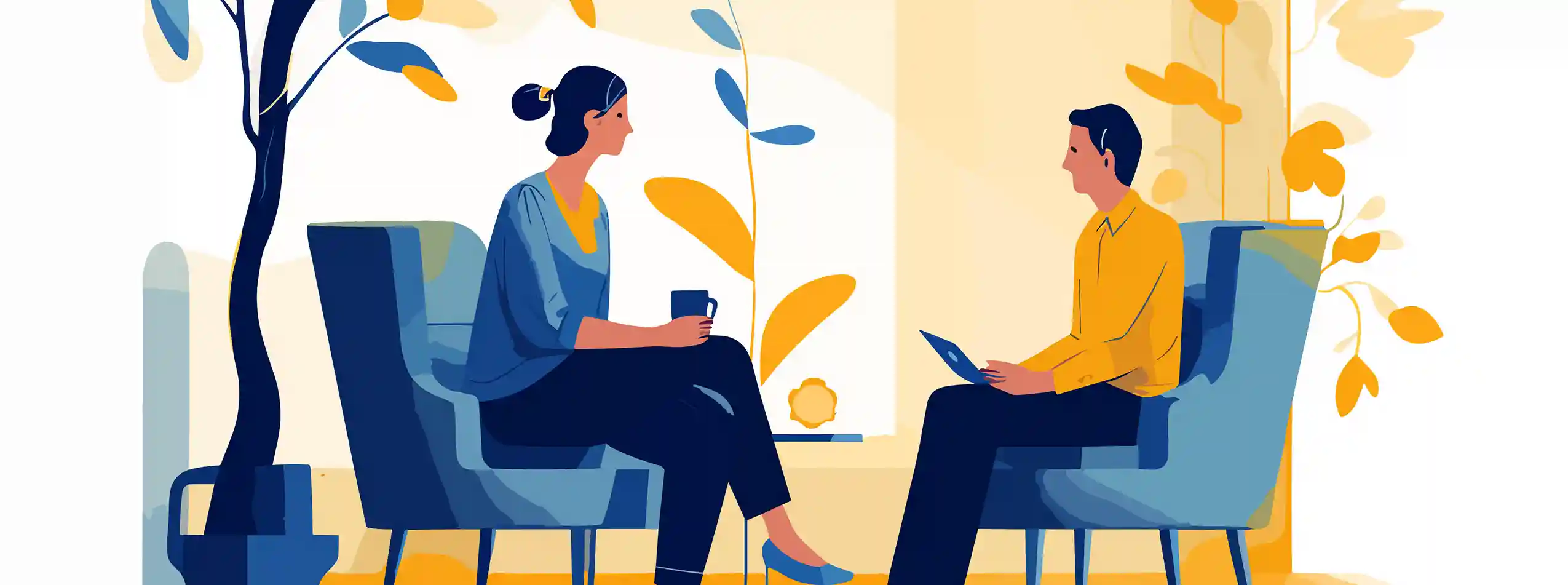In the digital age, where explicit content is just a few clicks away, the prevalence of pornography addiction has become a pressing concern. Porn addiction is a complex and controversial topic, often misunderstood or trivialised, which unfortunately promotes stigma and social isolation and stops people from seeking effective support. Porn addiction can affect both men, women and non-binary people. In this article, we will delve into the depths of porn addiction, exploring its definition, its impact on individuals and relationships, and potential strategies for recovery.
Defining Porn Addiction
Porn addiction, also known as compulsive sexual behaviour disorder or problematic pornography use, is a condition characterised by an individual’s inability to control or limit their consumption of pornography despite negative consequences in various aspects of their life. It is important to note that porn addiction is not yet recognised as a formal diagnosis in the Diagnostic and Statistical Manual of Mental Disorders (DSM-5), which mental health professionals commonly use.
Signs and Symptoms
While the manifestations of porn addiction may vary from person to person, several common signs and symptoms are often observed. These include:
- Compulsive behaviour: Individuals may experience an intense urge to view pornography and find it challenging to resist the temptation, leading to excessive consumption.
- Neglected responsibilities: Porn addiction can disrupt daily routines, leading to neglect of work, studies, relationships, or personal hygiene.
- Escalating consumption: Over time, individuals may require increasingly explicit or taboo content to experience the same level of arousal, leading to a cycle of desensitisation and heightened stimulation.
- Emotional and relational distress: Porn addiction can strain relationships, leading to decreased intimacy, decreased self-esteem, and feelings of guilt, shame, or isolation.
Impact on Relationships
Porn addiction can significantly impact interpersonal relationships, especially romantic partnerships. The secretive nature of addiction, feelings of betrayal, and distorted perceptions of intimacy can erode trust and emotional connections. Partners of individuals with porn addiction may experience feelings of inadequacy, rejection, and a diminished sense of self-worth. It is crucial to approach the issue with empathy, open communication, and seek professional help if necessary.
Causes and Contributing Factors
A variety of complex factors influence the development of porn addiction, and a psychological assessment can indicate which factors contributed to the development of the addiction. Some potential contributors include:
- Biological factors: Neurochemical imbalances in the brain’s reward system can play a role in addiction development, as exposure to pornography triggers the release of dopamine, a neurotransmitter associated with pleasure and reward.
- Psychological factors: Underlying psychological conditions, such as depression, anxiety, or trauma, may contribute to the vulnerability of developing porn addiction.
- Sociocultural factors: The accessibility and normalisation of explicit content in today’s society, coupled with societal pressures and unrealistic expectations about sex and relationships, can contribute to the development of addiction.
Recovery and Treatment
Recognising and addressing porn addiction requires a multi-faceted approach that combines self-awareness, professional guidance, and support. Potential strategies for recovery include:
- Self-reflection and education: Developing an understanding of the harmful effects of porn addiction and its underlying triggers can be a crucial first step towards recovery.
- Seeking professional help: Mental health professionals, such as therapists or counsellors, can provide guidance, support, and specialised therapies, including cognitive-behavioural therapy (CBT), to address the addiction and its root causes.
- Building a support network: Joining support groups, online communities or seeking support from trusted friends and family members can provide a sense of solidarity and encouragement throughout the recovery journey.
- Implementing healthier coping mechanisms: Engaging in activities such as exercise, hobbies, meditation, or creative outlets can help individuals develop more beneficial coping mechanisms and fill the void left by the addiction.
Conclusion
Porn addiction is a real and challenging condition that can have significant consequences for individuals and their relationships. Understanding the nature of this addiction, its causes, and the available strategies for recovery is crucial for both affected individuals and those who wish to support them. By fostering empathy, promoting open dialogue, and providing access to professional help, we can contribute to a healthier and more balanced approach to sexuality in the digital age.
References
- Ley, D., Prause, N., & Finn, P. (2014). The Emperor Has No Clothes: A Review of the ‘Pornography Addiction’ Model. Current Sexual Health Reports, 6(2), 94-105. doi:10.1007/s11930-014-0016-8.
- Love, T., Laier, C., Brand, M., Hatch, L., & Hajela, R. (2015). Neuroscience of Internet Pornography Addiction: A Review and Update. Behavioural Sciences (Basel, Switzerland), 5(3), 388-433. doi:10.3390/bs5030388.
- Grubbs, J.B., Volk, F., Exline, J.J., & Pargament K.I. (2015). Internet pornography use: perceived addiction, psychological distress, and the validation of a brief measure. Journal of Sex and Marital Therapy, 41(1), 83-106. doi:10.1080/0092623X.2013.842192.




